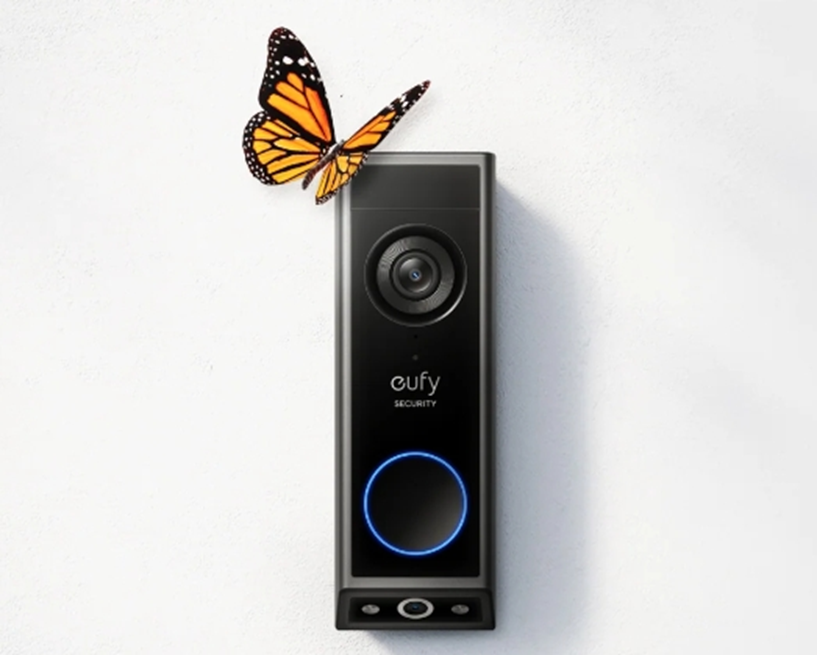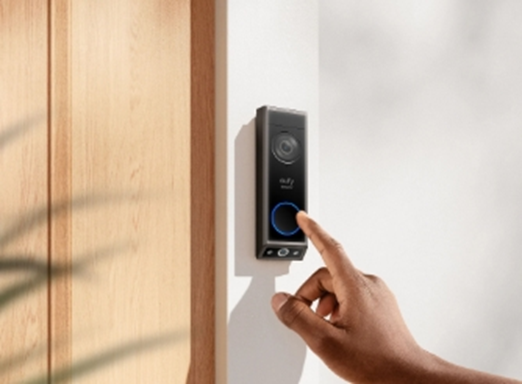Doorbells have evolved from simple chime devices to powerful home security tools. For decades, traditional doorbells served one purpose—announcing visitors with a ring. Today, video doorbells offer real-time monitoring, motion detection, and two-way communication, transforming how we interact with our front doors. Modern homeowners expect more than just a notification; they want visibility, control, and peace of mind, whether they’re at home or away. The shift from basic doorbells to smart devices reflects broader trends in home automation and security. In this article, we’ll explore the key differences between video and traditional doorbells to help you decide which best suits your needs.

Functional Comparison: From Basic to Smart
Core Features: Single-Purpose vs Multi-Functional
Traditional doorbells are straightforward—they chime when someone presses the button. That’s it. Video doorbells, on the other hand, combine multiple functions into one device. Beyond ringing, they capture HD video, enable two-way audio, and often include motion sensors that alert you before anyone even presses the button. This makes them far more useful for security, allowing you to see and speak with visitors remotely. Some models even integrate with smart locks, letting you grant access without opening the door. While traditional doorbells are reliable for their singular purpose, video doorbells offer a comprehensive solution for modern home security.
Smart Interaction: Remote Communication & Alerts
One of the biggest advantages of video doorbells is remote access. Whether you’re at work, running errands, or on vacation, you can see and talk to whoever is at your door via a smartphone app. Missed a delivery? No problem—check the live feed or review recorded footage later. Traditional doorbells can’t provide this level of interaction. If you’re not home, you’ll never know who stopped by unless they leave a note. Video doorbells also send instant alerts when motion is detected, so you’re always aware of activity near your doorstep. This real-time communication adds a layer of convenience and security that traditional models simply can’t match.
Security Upgrade: Motion Detection & Recording
Unlike traditional doorbells, which only activate when pressed, video doorbells continuously monitor your doorstep. Advanced motion sensors detect movement and start recording, even if no one rings the bell. This is especially useful for catching package thieves or suspicious activity. Many models store footage in the cloud or on local storage, allowing you to review events later. Some even use AI to distinguish between people, animals, and vehicles, reducing false alarms. Traditional doorbells offer none of these features, leaving you blind to what happens outside your door when you’re not around. For anyone serious about home security, this alone makes video doorbells a worthwhile upgrade.
User Experience: Convenience & Security
Mobile App Control Convenience
Video doorbells put control in your pocket. Through a companion app, you can adjust settings, view live footage, and receive alerts wherever you are. Want to check on a delivery? Open the app. Need to tell a visitor you’ll be right down? Use two-way audio. Traditional doorbells require physical presence—if you’re upstairs or in the backyard, you might miss the door entirely. Video doorbells eliminate this limitation, making them ideal for busy households. The ability to monitor and respond remotely adds a level of convenience that quickly becomes indispensable.

Visitor Log Storage & Playback
Another major advantage is the ability to keep a digital log of visitors. Video doorbells record and store footage, so you can review who came by and when. This is helpful for tracking deliveries, monitoring housekeepers, or even identifying suspicious individuals. Traditional doorbells leave no record—once the chime fades, there’s no way to know who was there. With cloud or local storage options, video doorbells ensure you never miss a detail. Some models even let you save and share clips, which can be useful for security investigations or simply keeping family members informed.
Smart Home Integration
Video doorbells often work seamlessly with other smart home devices. Pair them with smart lights, locks, or voice assistants for a fully automated entryway. For example, your porch light could turn on when motion is detected, or your door could unlock when you recognize a family member on camera. Traditional doorbells operate in isolation, with no connectivity to other systems. If you’re building a smart home ecosystem, a video doorbell is a natural addition that enhances both security and convenience.
Cost & Maintenance: Long-Term Considerations
While traditional doorbells are cheaper upfront, video doorbells offer more value over time. Installation costs vary—wired models may need professional help, while wireless options are often DIY-friendly. Some video doorbells require subscription plans for cloud storage, adding to long-term expenses. However, many models offer local storage or free basic plans, keeping costs manageable. Traditional doorbells have minimal upkeep, but their limited functionality means you might eventually upgrade anyway. When comparing costs, consider not just the initial price but the added security, convenience, and potential energy savings (many video doorbells are low-power or solar-powered).
Conclusion
Choosing between a video doorbell and a traditional one depends on your priorities. If you want basic functionality at a low cost, a traditional doorbell still works. But for modern security, remote access, and smart home integration, a video doorbell is the clear winner. Features like motion detection, two-way audio, and cloud storage provide peace of mind that older models can’t match. For those seeking an easy-to-install option with no monthly fees, the eufy video doorbell no subscription is a great choice—offering high-quality video and reliable alerts. As technology advances, video doorbells will likely become the standard, making now a great time to upgrade. Whether you prioritize security, convenience, or future-proofing your home, a smart doorbell is a worthwhile investment.


